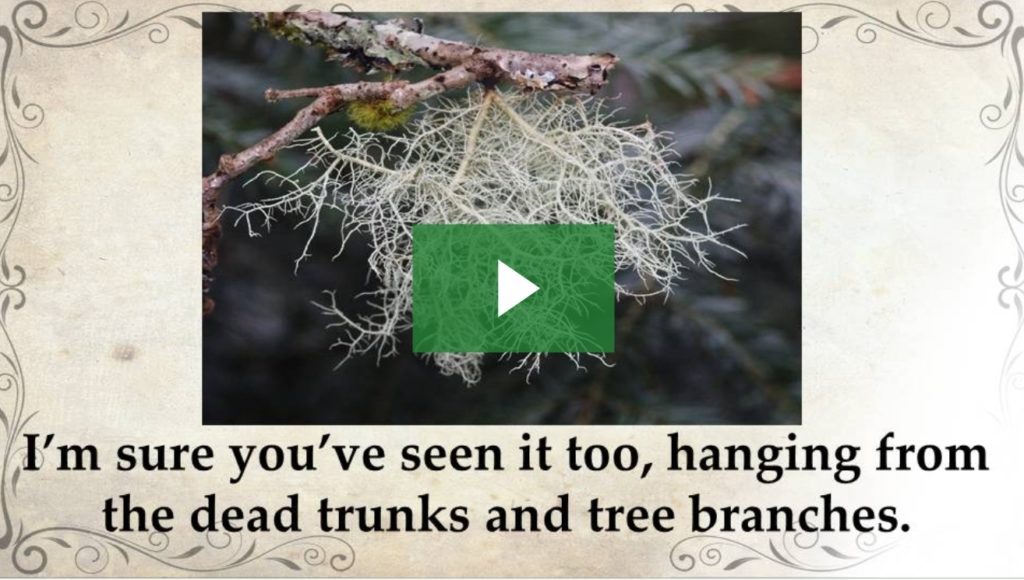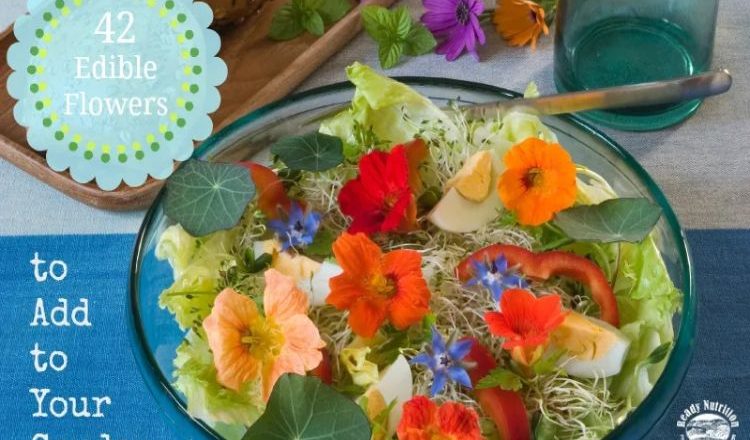When you are planning your garden, consider adding flowers that serve a purpose of not only assisting in pollination, but can be also be used in dishes. This will help you make most of the limited garden space, not to mention adding fragrant and visually striking appeal to your dishes.
Using flowers in cooking has been widely used in many parts of the world including Europe, Asia, East India, Victorian English, and in the Middle East. During the colonial times of America, settlers also used flowers as a means for sustenance.
Recipes have been handed down from generation to generation and we are left with delicious flower filled salads and dishes. Herbal flowers normally have the same flavor as their leaves, with the exceptions of chamomile and lavender blossoms, where the flavor is usually more subtle.

How to Use Edible Flowers
For best flavor, flowers should be fresh and harvested early in the day. Avoid using wilted and faded flowers, and the unopened buds of most species in your cuisine as these can be distasteful, and often bitter. Many flowers can be eaten whole, but some have bitter parts, such as the stamens and stems. Flowers can be used in salads, made into vinegars, wines and jams, added to desserts, added to sugar or honey, and even lightly fried. Here are some suggestions when harvesting flowers for food:
- Harvest young blooms and use them within the day they are picks for best flavor.
- Ensure that the flowers you use in your dishes are organic and pesticide free.
- It should go without saying, but never eat a plant that you cannot identify.
- Avoid eating flowers if you have severe allergies.
- Do not use flowers that were picked by the roadside.
- Only eat the petals of the flowers. Remove the pistils and stamens.
- Gradually introduce flowers into your diet to ensure you are not allergic.
Although, there are many varieties of flowers that are edible, there are some that should be eaten in small amounts. Here are some flower varieties to eat in small amounts:
- Apple flowers (Malus spp.) contain cyanide precursors
- Johnny jump-ups (Viola tricolor) contain saponins
- Borage (Borago officinalis)
- Daylily (Hemerocallis spp.) flowers are diuretics and sweet woodruff (Galium odoratum) can have blood-thinning effects.
- Blossoms of linden trees (Tilia spp.) are reportedly safe in small amounts but heavy consumption can cause heart damage.
- Marigolds (Tagetes spp.) can be harmful in large amounts, and only certain species have an appealing flavor.
These 42 flower varieties are safe to consume on a frequent basis:
- American elderberry (Sambucus canadensis)
- Anise hyssop (Agastache foeniculum)
- Arugula (Eruca sativa)
- Basil (Ocimum basilicum)
- Bean (Phaseolus vulgaris)
- Bergamot (Monarda didyma)
- Broccoli (Brassica oleracea var. italica)
- Cauliflower (Brassica oleracea)
- Chamomile (Chamaemelum nobile)
- Chervil (Anthriscus cerefolium)
- Chinese hibiscus (Hibiscus rosa-sinensis)
- Chives (Allium schoenoprasum)
- Chicory (Cichorium intybus)
- Chrysanthemum (Chrysanthemum spp.)
- Cornflower (Centaurea cyanus)
- Dandelion (Taraxacum officinale)
- Dianthus (Dianthus spp.)
- Dill (Anethum graveolens)
- English marigold (Calendula officinalis)
- English daisy (Bellis perennis)
- Fennel (Foeniculum vulgare)
- Geranium (Pelargonium spp.)
- Hollyhock (Alcea rosea)
- Japanese honeysuckle (Lonicera japonica)
- Lavender (Lavandula spp.)
- Lilac (Syringa vulgaris)
- Lovage (Levisticum officinale)
- Mint (Mentha spp.)
- Nasturtium (Tropaeolum majus)
- Okra (Abelmoschus esculentus)
- Passionflower (Passiflora spp.)
- Pineapple sage (Salvia elegans)
- Red clover (Trifolium pratense)
- Rose (Rosa spp.)
- Rosemary (Rosmarinus officinalis)
- Sage (Salvia officinalis)
- Snapdragon (Antirrhinum majus)
- Squash (Cucurbita pepo)
- Sunflower (Helianthus annuus)
- Thyme (Thymus vulgaris)
- Tulip (Tulipa spp.)
- Violet (Viola odorata)
When you are planning your garden, consider adding flowers that serve a purpose of not only assisting in pollination, but can be also be used in dishes. This will help you make most of the limited garden space, not to mention adding fragrant and visually striking appeal to your dishes.

source : Tess Pennington



